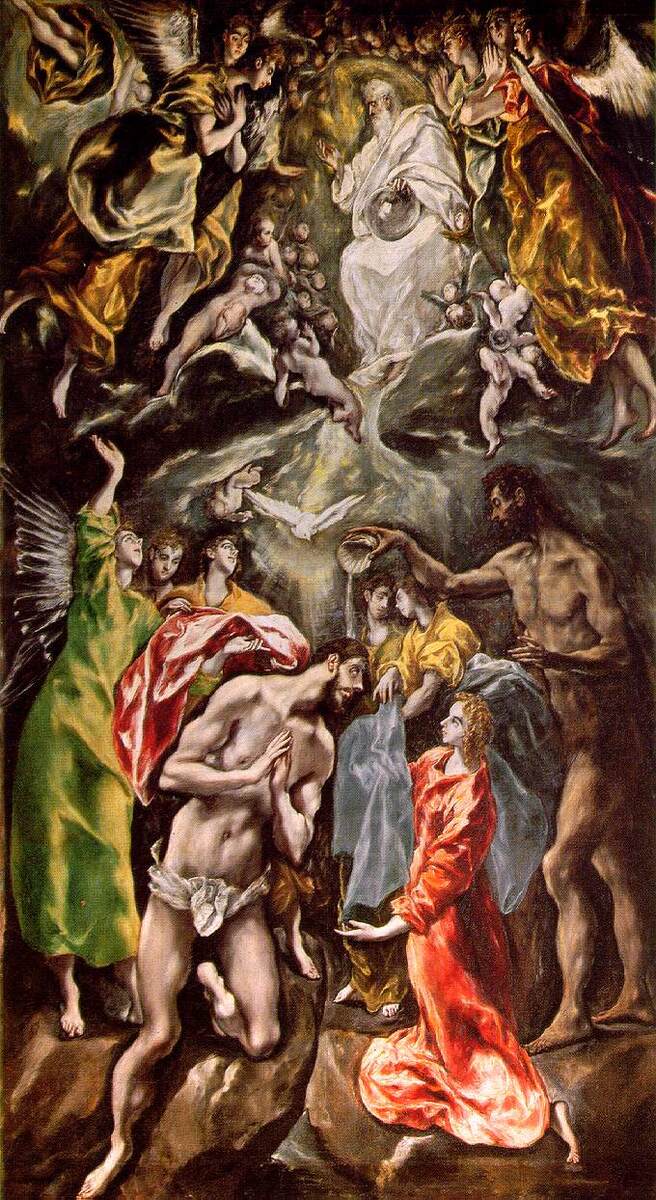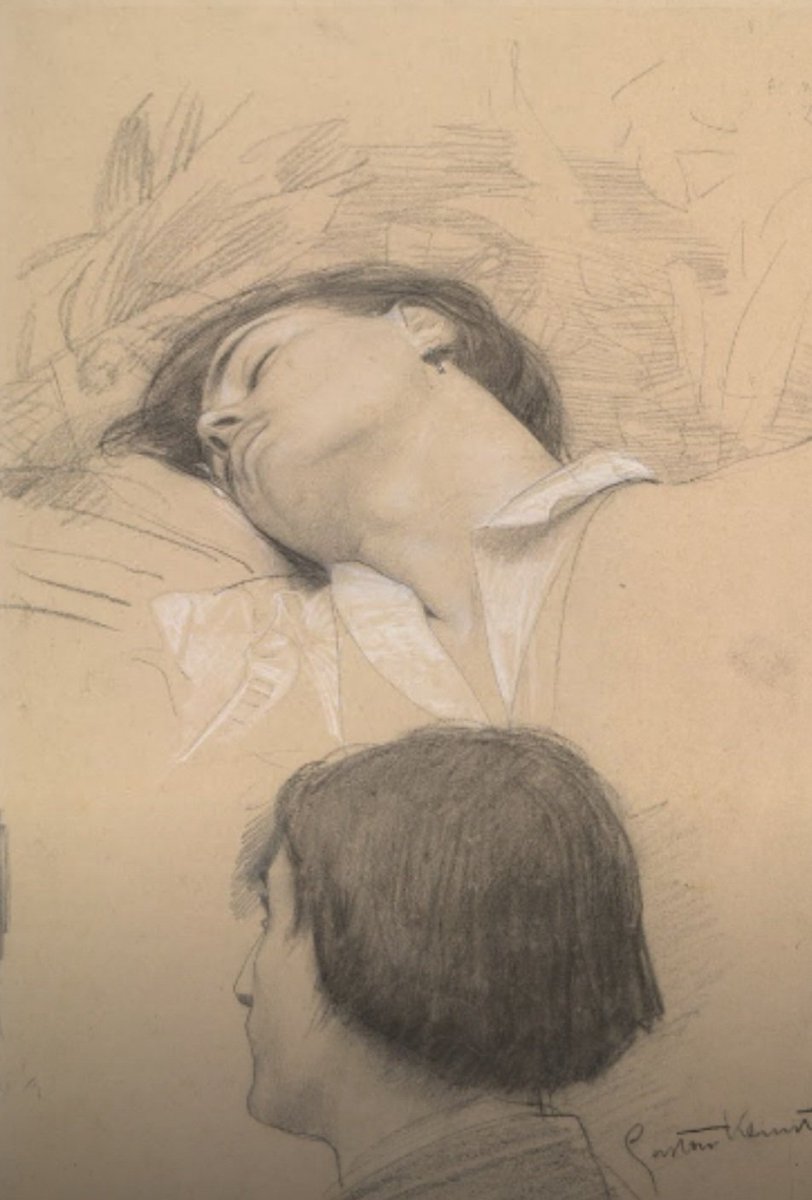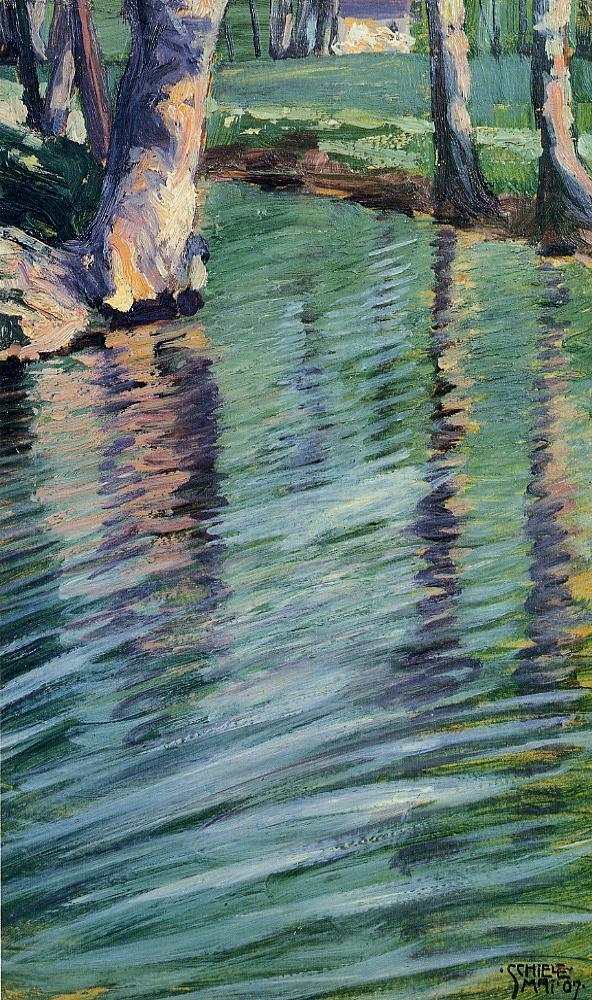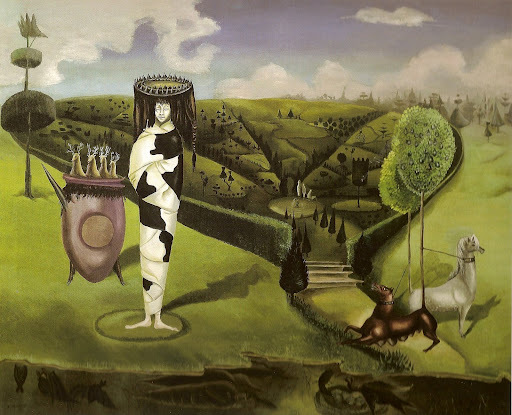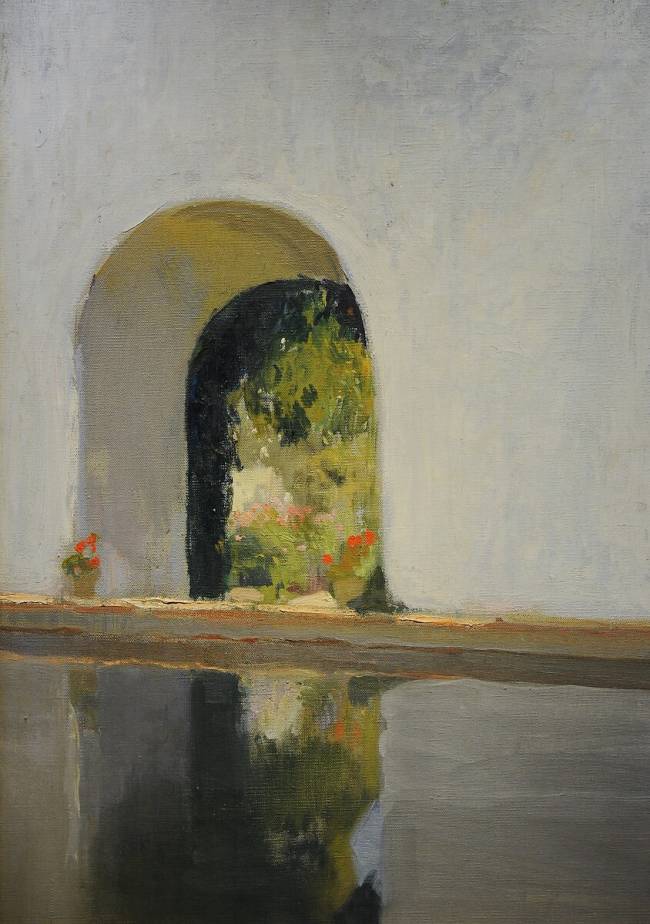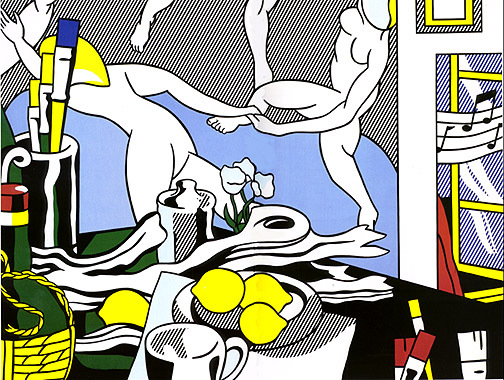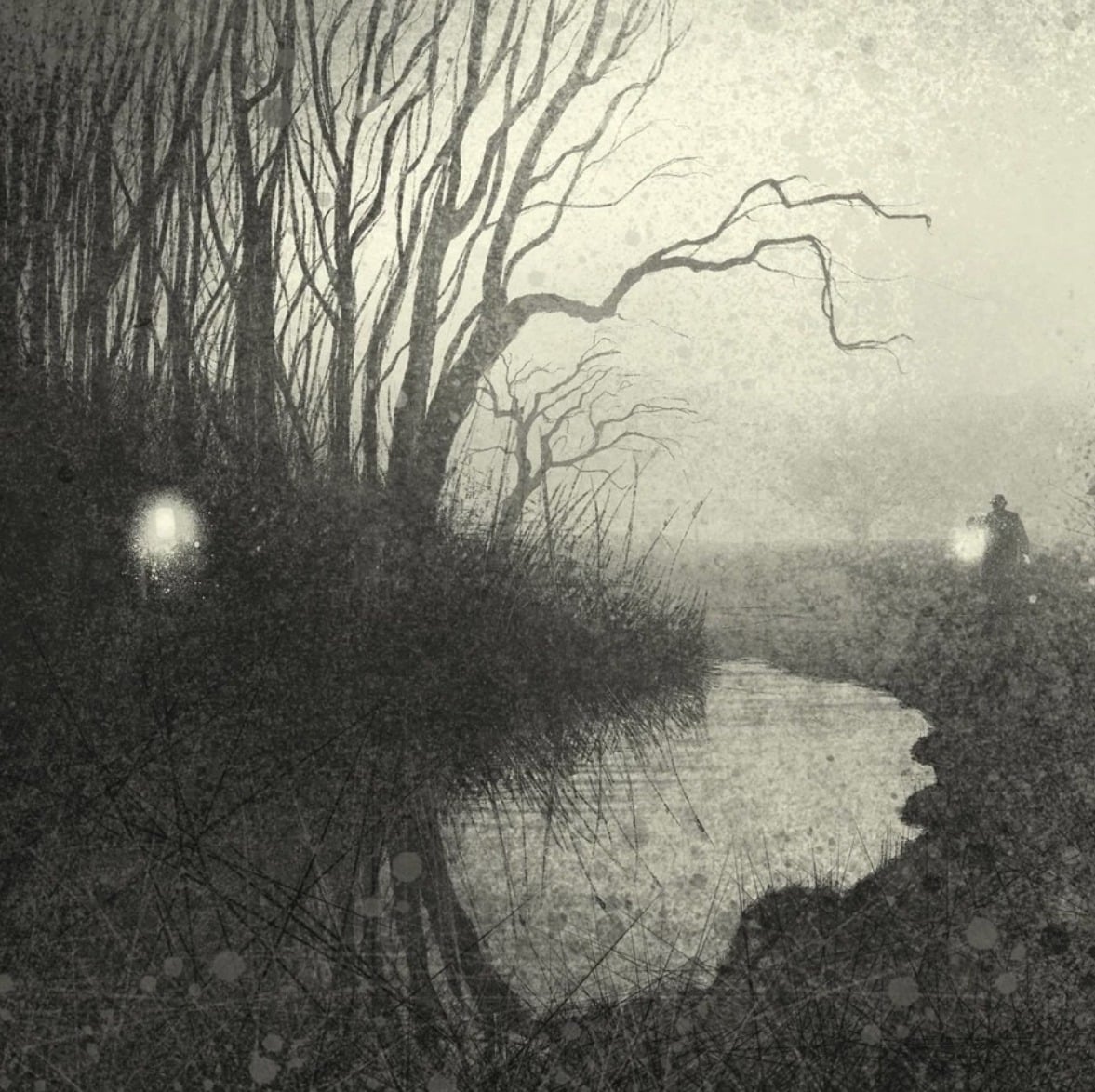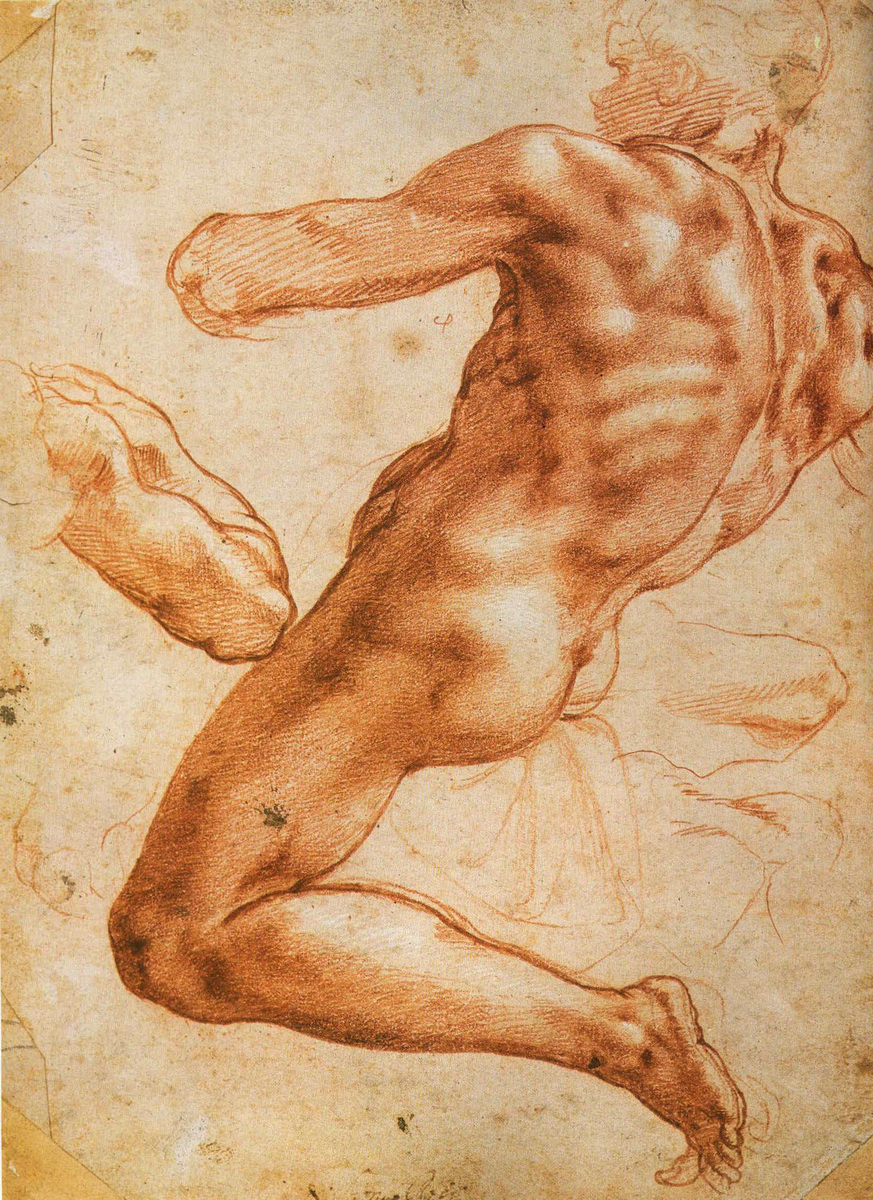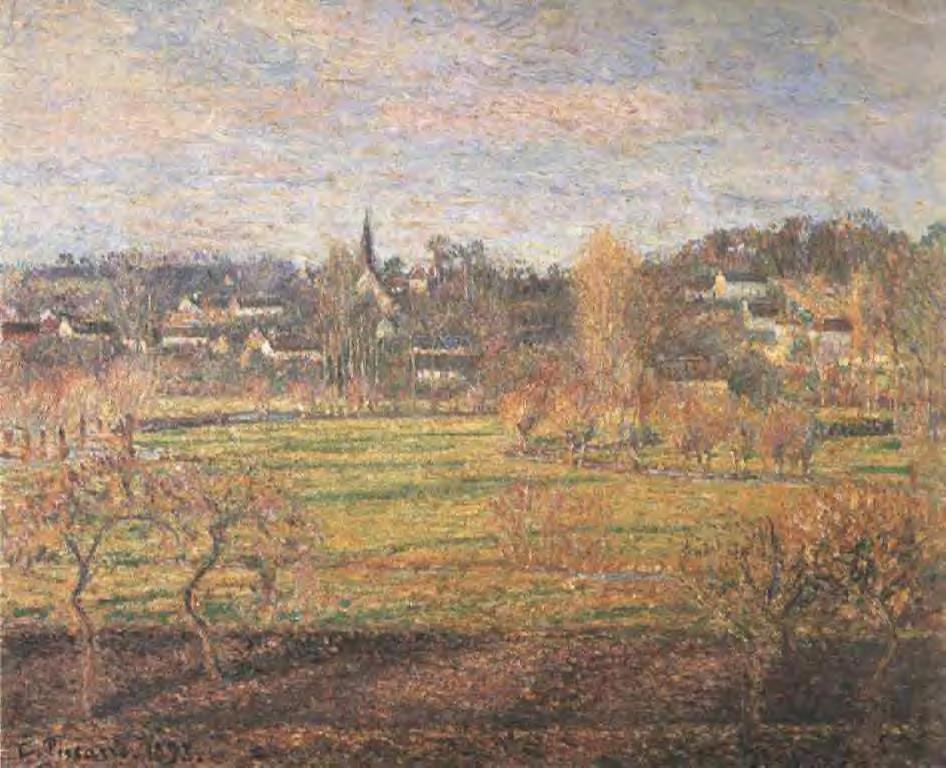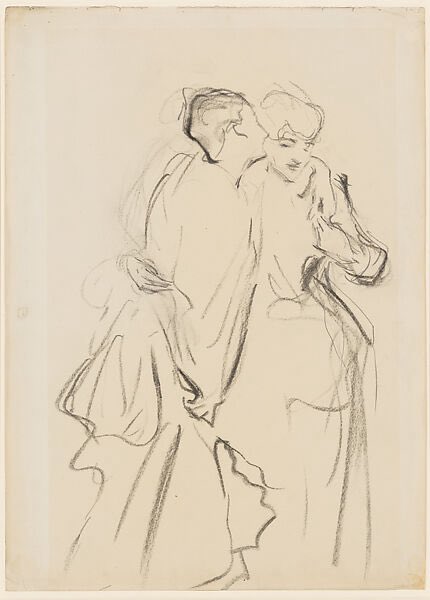
NONaffArt CIC
@nonaffart
NONaffArt CIC is a fine art organisation that specialises in offering creative workshops, studio space and community/public sculpture.
ID: 1174411585487605761
http://www.nonaffart.com 18-09-2019 19:55:37
6,6K Tweet
789 Followers
2,2K Following


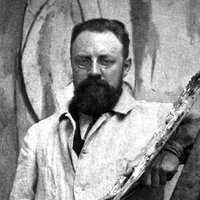

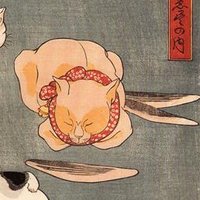













Chalk Paths, Eric Ravilious, 1935. It depicts an area of the South Downs near Lewes in East #Sussex, now South Downs National Park. The original artwork is in a private collection.





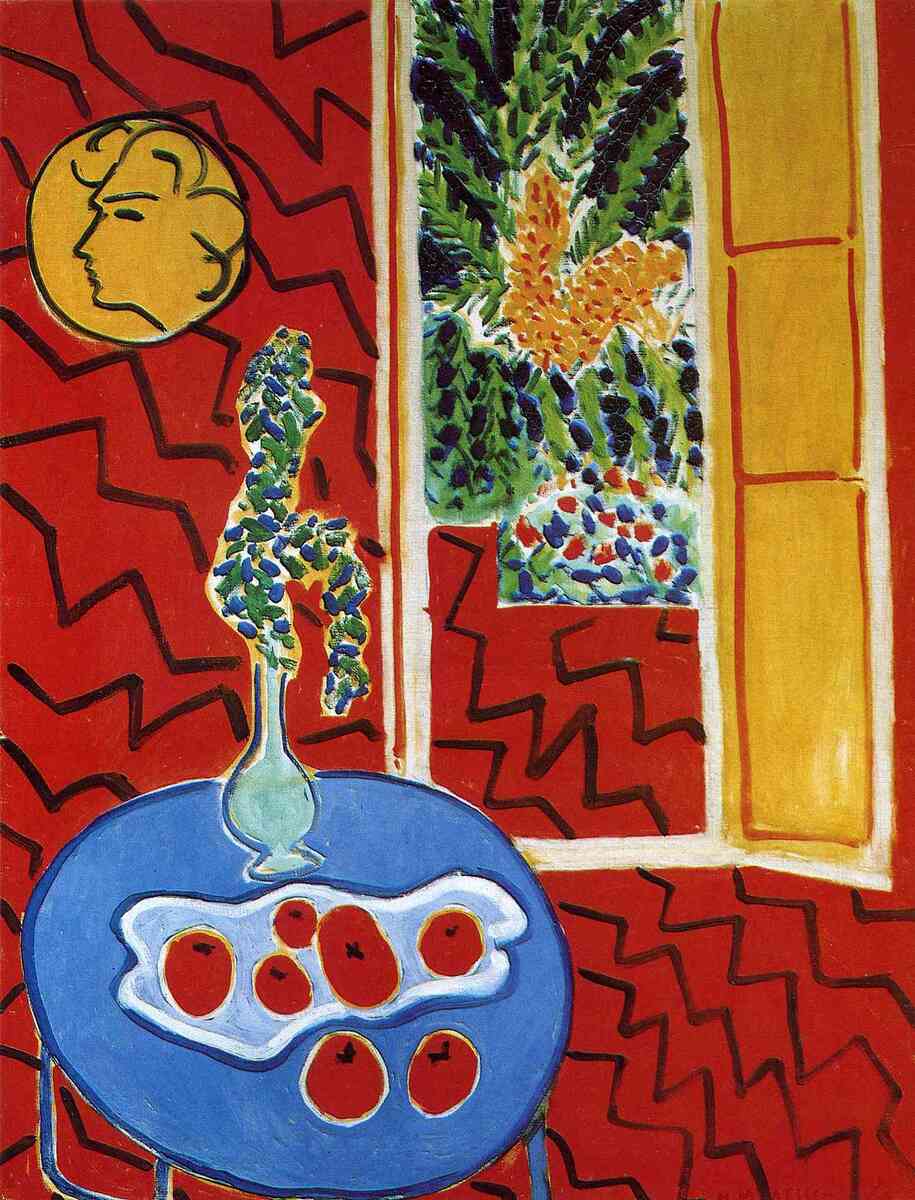

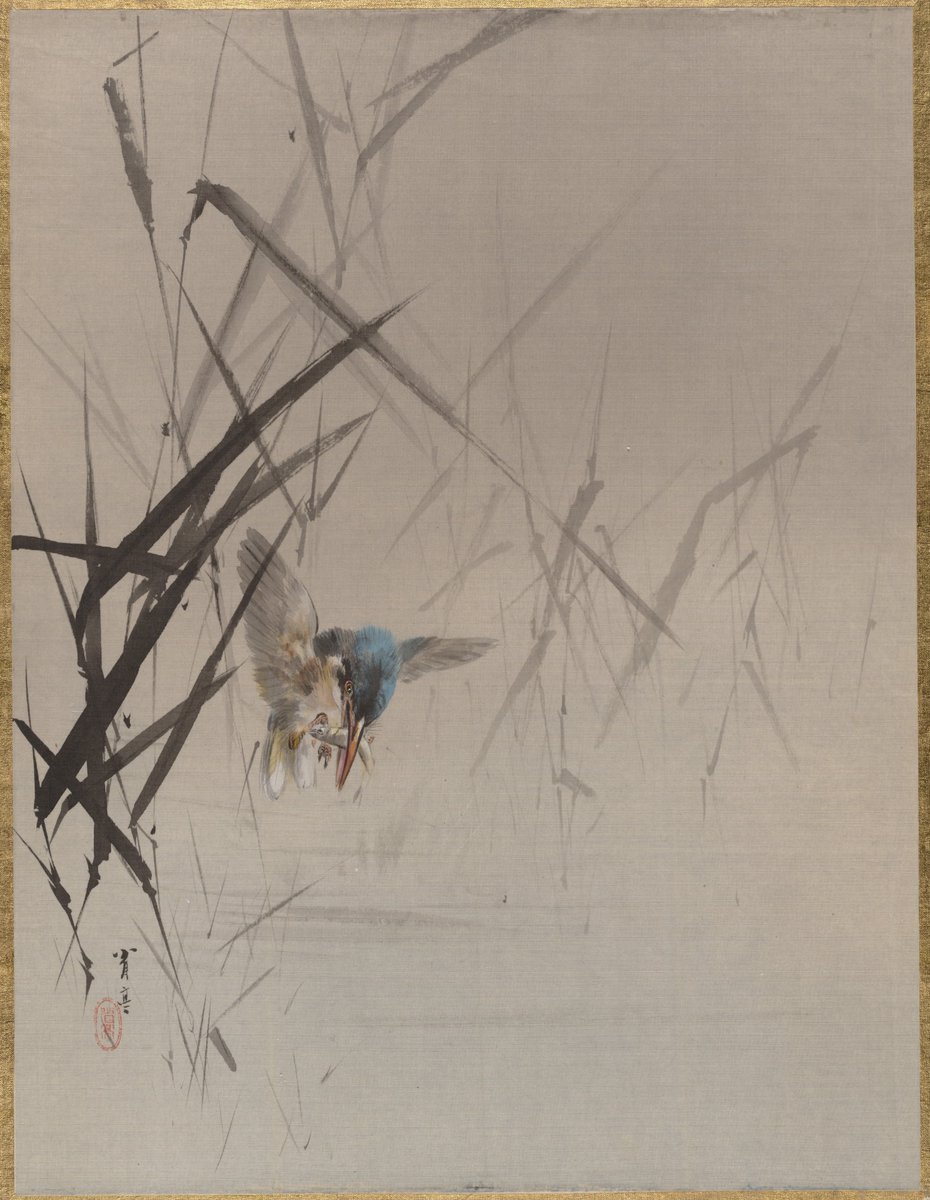
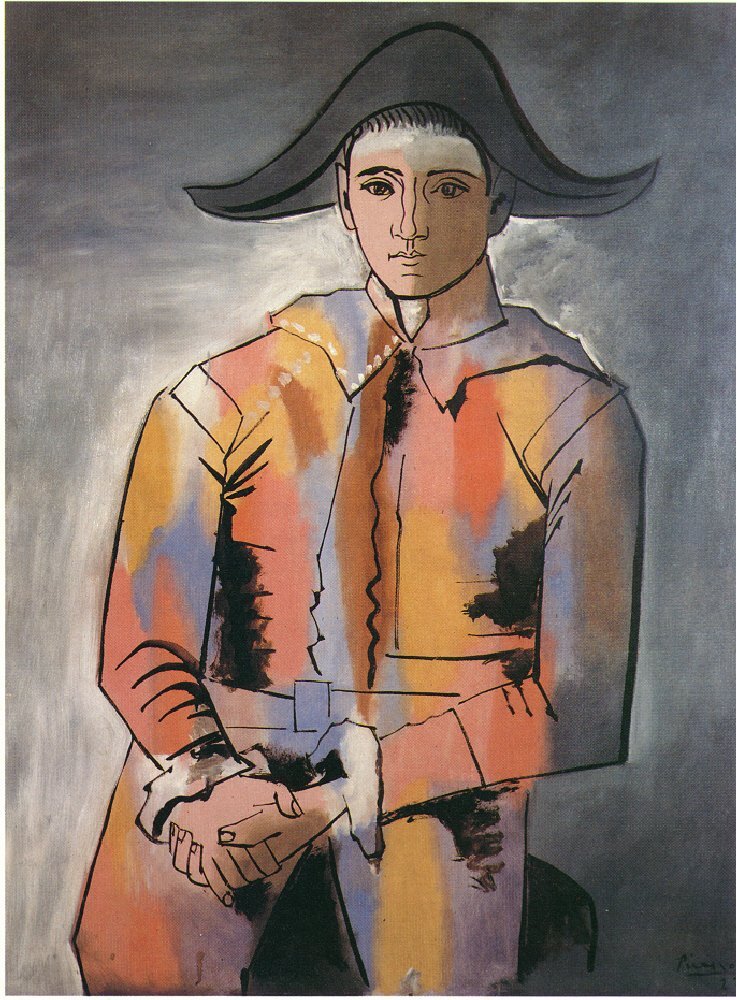
![Van Gogh Museum (@vangoghmuseum) on Twitter photo The weight of words 🗣️ 'There are so many people [...] who imagine that words are nothing. On the contrary, don’t you think, it’s as interesting and as challenging to say a thing well as to paint a thing. There’s the art of lines and colours, but there’s the art of words that The weight of words 🗣️ 'There are so many people [...] who imagine that words are nothing. On the contrary, don’t you think, it’s as interesting and as challenging to say a thing well as to paint a thing. There’s the art of lines and colours, but there’s the art of words that](https://pbs.twimg.com/media/G0-D6N7XcAA3_FT.jpg)
